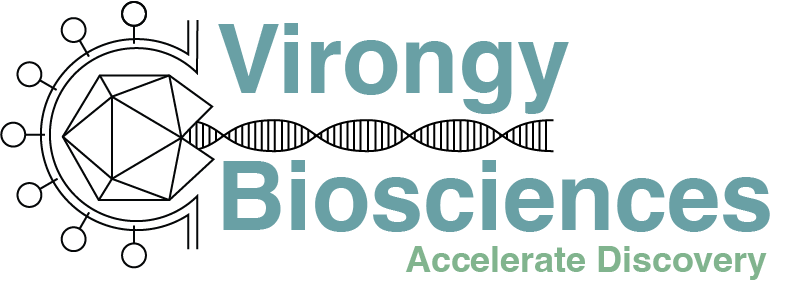$150.00 – $1,880.00
Infectin Transduction Enhancer
Infectin serves as a viral and nanoparticle transduction enhancer and increases infectivity rates by 5 to 20 fold.
Product Description
Product Description
A cutting-edge technology in virology research
InfectinTM is a novel adjuvant designed to facilitate viral and nanoparticle penetration of the cortical actin barrier, thereby greatly enhancing productive transduction. InfectinTM can be used to facilitate the transduction of a variety of host cells by different viruses, viral vectors, and nanoparticles. InfectinTM can enhance nanoparticle transduction and viral infection rates by 5 to 20-fold. Virongy developed InfectinTM based on the scientific theory that the actin cytoskeleton is a natural barrier for viral entry and post-entry intracellular migration (Yoder et al., Cell, 2008, 134:782).
Applications
- Enhancing lenti- or retroviral transduction of target cells
- Enhancing AAV vector transduction of target cells
- Enhancing infection rates of other enveloped viruses
- Enhancing lipid nanoparticle and exosome transduction rates
- Facilitating recovery of infectious viruses from cell or tissue cultures
- Facilitating anti-viral drug screening efficiency

Important
- Once thawed, InfectinTM should be stored at 4oC, and is stable for 3 months.
- Do not re-freeze and do not leave InfectinTM at room temperature.
- InfectinTM viral infection enhancer works with most cell lines to enhance viral infection. On average, InfectinTM enhances productive viral infection by 5- to 30-fold*.
- InfectinTM is formulated at 10X concentration. For best results, when using InfectinTM for the first time, start with a higher concentration (final Infectin concentration may be 2X or 3X). The lowest effective dosage can be determined through a titration experiment (final InfectinTM concentration may be as low as 1X).
(*The degree of enhancement is affected by the type of virus and cells. Enhancement is strongest for enveloped viruses entering cells via membrane fusion.)
Turbo-InfectinTM is a nano-particle enhancer that seamlessly integrates Virongy’s InfectinTM technology with an additional attachment-enhancing buffer. This platform technology features a carefully designed large charged polymer, enhancing the binding of negatively charged nano-particles to the cell membrane surface. Our streamlined protocol has been thoughtfully optimized not only to improve transduction efficiency but also to simplify the entire process. This innovation represents a refined approach to cargo delivery, ensuring a more accessible and effective means of cellular modulation.
Turbo-InfectinTM offers invaluable benefits for laboratory professionals and researchers engaged in cell engineering or utilizing various RNA/DNA delivery tools. By seamlessly integrating Virongy’s InfectinTM technology with an attachment-enhancing buffer, this nano-particle enhancer streamlines the transduction process while significantly enhancing efficiency. By leveraging this dual approach, Turbo-InfectinTM surpasses previous technologies, achieving unprecedented efficiencies in cargo delivery. Turbo-InfectinTM empowers scientists with a versatile tool, enhancing the transduction and uptake of virus, nanoparticle, and exosome cargo, thereby accelerating breakthroughs in cellular modulation and molecular research.
Results
Results
Documentation
Selected Publications
Selected Publications
Selected publications from our users







 Infectin – MSDS
Infectin – MSDS
